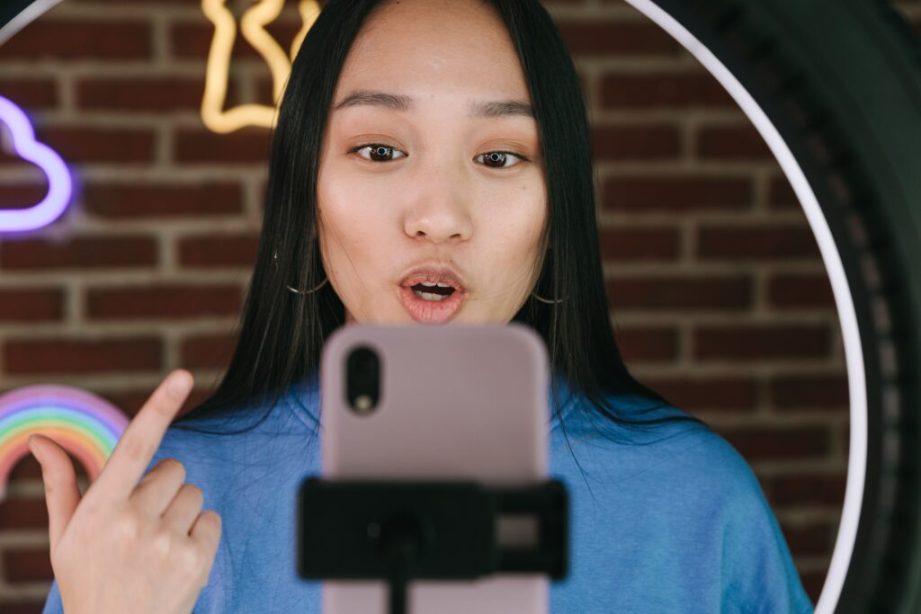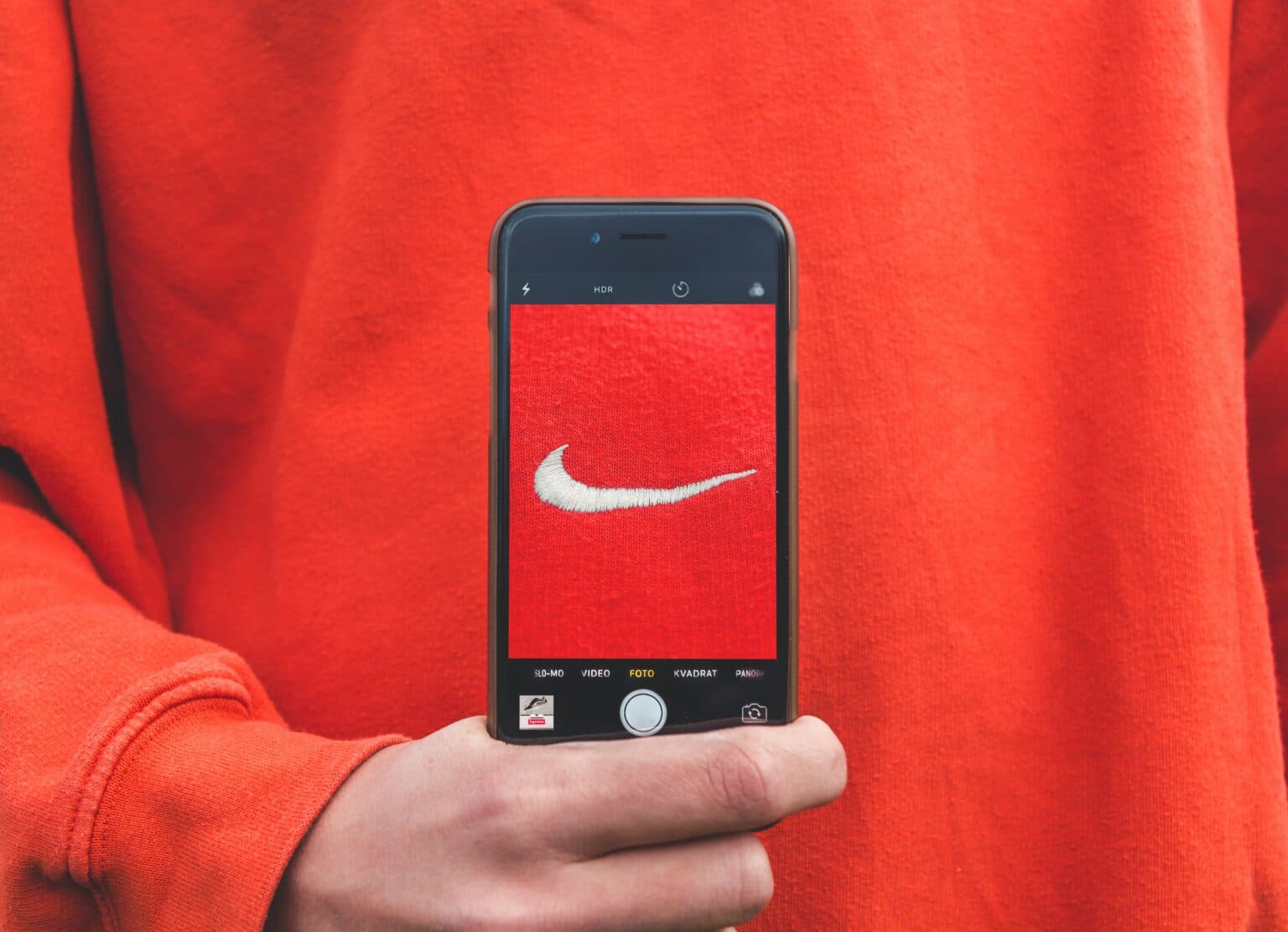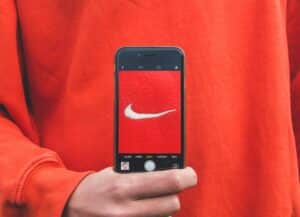The terms Content Creator, Influencer, and even UGC Creator get tossed around as if they’re interchangeable…
Spoiler alert, they’re not. While there are definitely similarities and a single person could technically fall into all three categories at the same time, each is very distinct.
If you’ve been confused on what they all mean, this post is for you.
We’re going to define each type of content creator by what they do and why to help you understand what’s the best one for you to get into.
Let’s dive in and help you identify where you stand in this ever-evolving creator world.
Defining Influencers, Content Creators, and UGC
Influencers
By now, we all know what an influencer is. They have the eyeballs, an audience — who are hopefully engaged and loyal — that they’ve cultivated into a community.
People turn to influencers for recommendations and to follow their lifestyle. There’s a strong attachment between the influencer and their audience. It’s not necessarily about how many followers they have, but rather about growing an audience of people who come to them for specific information.
Content Creators
Content creators, on the other hand, are more like artists. They have been around since the beginning of time and will continue to exist.
Content creators produce a wide range of content, which is often polished and aligned with specific brands. For instance, content creators excel in high-quality photography, videos, and short-form videos that align with a particular brand’s aesthetic.
While influencers are also content creators, a content creator as an individual term refers to someone who can create content for brands in addition to their own.
UGC Creators
If you’re out here asking yourself what’s a UGC creator?, you’re not alone. The newest term on the block is UGC or User Generated Content.
UGC is a subcategory of content creation, characterised by content that appears as if it was created by a consumer.
It has a raw, unpolished, and authentic feel to it.
UGC content is often shot on mobile devices, and can be an unboxing video, a before-and-after transformation, or a mini vlog.
UGC content is commonly found on platforms like TikTok, Instagram Reels, and Shorts.
Brands are increasingly drawn to UGC because it resonates well on social media. Instead of waiting for fans to post content organically, brands pay creators to generate UGC-style content that blends seamlessly into users’ feeds.
Overlapping Roles: Influencers, Content Creators, and UGC
When considering these terms, imagine a Venn diagram with three circles. While these terms are not interchangeable, they fall under the same umbrella of the creator industry.
You don’t have to fit into just one category; you can embody all three roles.
There are individuals who encompass all three roles: they are influencers, content creators, and UGC producers.
However, each role requires a different skill set.
When pitching to brands, it’s important to determine which role you primarily lead with.
Even if you have a relatively small influence with 2,000 or 3,000 followers, you still have a considerable audience. Test your influence and engagement by observing if your community clicks on links, swipes up, shows interest, saves your content, or shares it. If they don’t, you’re probably not in the position to pitch yourself as an influencer.
Luckily, for content creators and UGC creators, this isn’t a pre-requisite. You can get started with UGC with little to no experience, and it’s easy to build your skills on the job.










